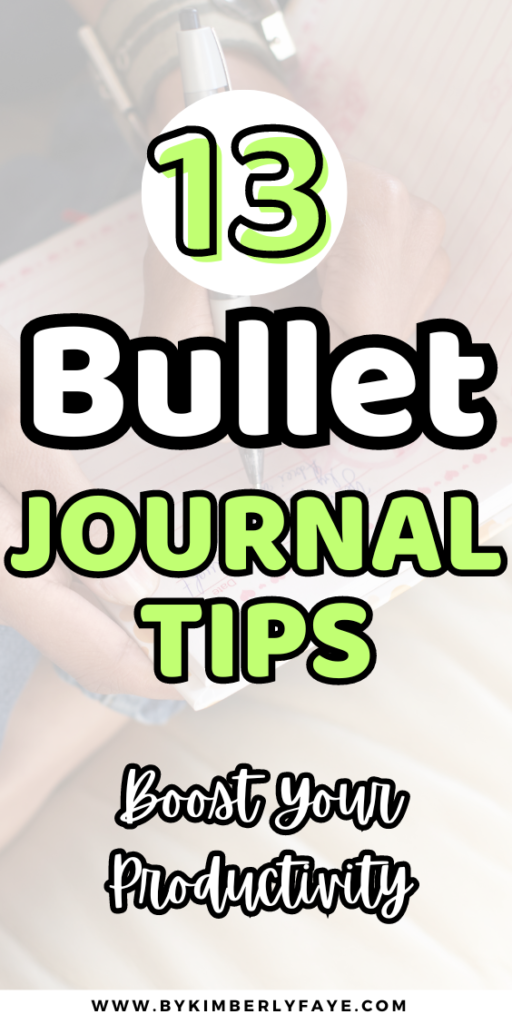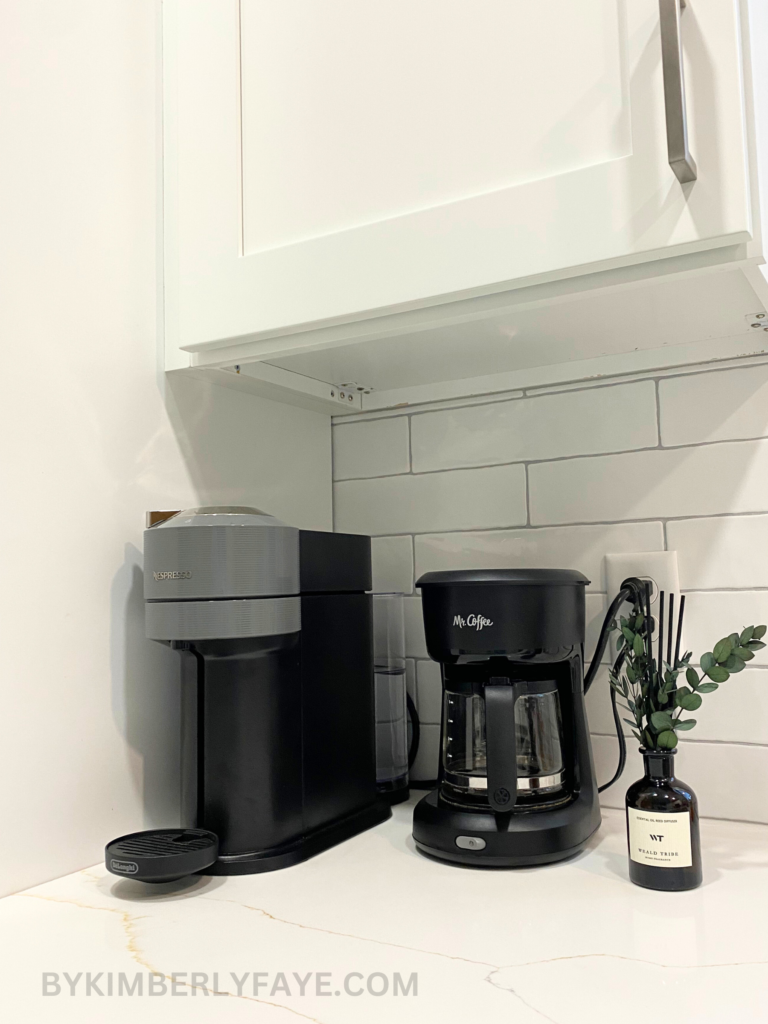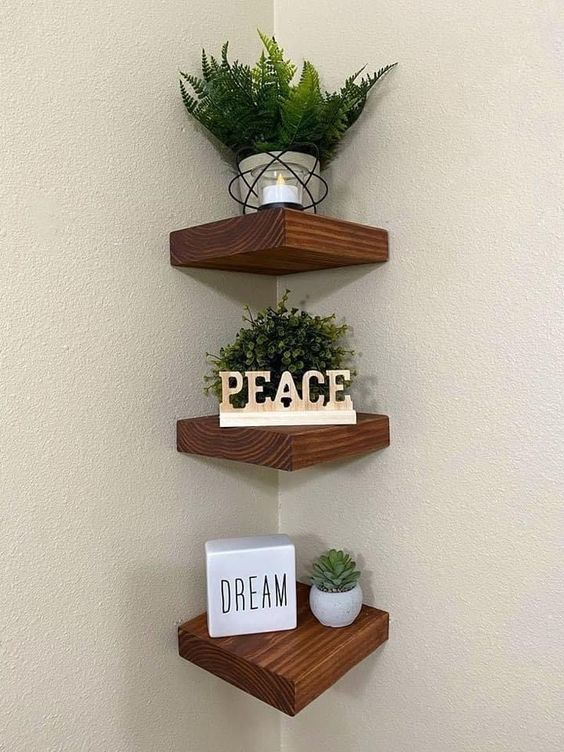13+ Bullet Journal Tips: Boost Your Productivity and Organization Skills
This site contains affiliate links. I may earn a small commission, at no extra cost to you.
Bullet journaling has become a popular way for people to stay organized and keep track of their daily tasks, goals, and ideas. It’s a flexible and customizable system that allows individuals to create their own unique journals based on their needs and preferences. Whether you’re a student, professional, or just someone looking to improve their productivity, bullet journaling can be a great tool to help you stay on track.
In this article, we will be sharing 13+ Bullet Journal Tips: Boost Your Productivity and Organization Skills to help you get started or improve your existing journal. These tips will cover everything from setting up your journal, creating layouts, and using different tools and techniques to make your journal more functional and visually appealing. Whether you’re a beginner or an experienced bullet journaler, there’s something for everyone in this article. So grab your journal and pens, and let’s get started!

Getting Started with Bullet Journals
Bullet journals are a great way to organize your life and keep track of your goals. If you’re new to the world of bullet journals, it can be overwhelming to know where to start. Here are a few tips to help you get started:
Choosing Your Journal
The first step in starting a bullet journal is choosing the right journal. There are many different types of journals available, but not all of them are suitable for bullet journaling. When choosing a journal, look for one that has:
- A table of contents
- Numbered pages
- Thick, high-quality paper
Some popular journal brands for bullet journaling include Leuchtturm1917, Moleskine, and Scribbles That Matter. However, you don’t have to spend a lot of money on a journal. There are many affordable options available, such as the Essentials Dot Matrix Notebook or the AmazonBasics Classic Notebook.

Understanding the Bullet Journal System
The bullet journal system was created by Ryder Carroll and is based on a simple method of rapid logging. The system consists of four main components:
- Index: A table of contents where you can easily find your notes.
- Future Log: A place to record future events and tasks.
- Monthly Log: A place to record events and tasks for each month.
- Daily Log: A place to record events and tasks for each day.
In addition to these four components, you can also include collections, which are pages dedicated to specific topics such as books to read, movies to watch, or fitness goals.
To use the bullet journal system, start by creating an index at the beginning of your journal. Then, create a future log for upcoming events and tasks. At the beginning of each month, create a monthly log and transfer any important events or tasks from your future log. Finally, create a daily log for each day and transfer any important events or tasks from your monthly log.
By following these simple steps, you can easily get started with bullet journaling and begin organizing your life in a fun and creative way.

Essential Bullet Journal Supplies
When it comes to bullet journaling, having the right supplies can make all the difference. Here are some essential supplies that every bullet journal enthusiast should have:
Pens and Markers
One of the most important supplies for bullet journaling is a good set of pens and markers. A variety of colors and tip sizes can help you create beautiful and organized spreads. Some popular options include:
- Micron Pens: These pens have a fine tip and come in a variety of colors. They are great for writing and drawing details.
- Tombow Dual Brush Pens: These pens have a brush tip on one end and a fine tip on the other. They come in a wide range of colors and are perfect for lettering and coloring.
- Staedtler Triplus Fineliners: These pens have a superfine tip and come in a variety of colors. They are great for writing and drawing thin lines.

Stencils and Rulers
Stencils and rulers are also important supplies for bullet journaling. They can help you create straight lines, shapes, and designs. Some popular options include:
- Circle Stencils: These stencils come in a variety of sizes and can help you create perfect circles.
- Lettering Stencils: These stencils can help you create beautiful and consistent lettering.
- Metal Rulers: These rulers are durable and can help you create straight lines and angles.
Having these essential supplies on hand can help you create beautiful and organized bullet journal spreads. Experiment with different pens, markers, stencils, and rulers to find what works best for you.

Creating Your First Bullet Journal Layout
When starting a bullet journal for the first time, it can be overwhelming to figure out where to begin. Here are some tips to help create the perfect layout for your needs.
Index and Key Pages
The first step in creating your bullet journal layout is to create an index page. This will help you keep track of your different collections and pages. Number your pages as you go along and add them to the index.
Next, create a key page. The key page is where you will list the symbols you will use in your bullet journal. These symbols will help you to quickly identify the type of task or event you have written down.

Future Log Setup
The future log is a great way to plan for future events. This is where you will write down upcoming appointments, birthdays, and other important dates. To set up your future log, create a two-page spread with six months on each page. Write the month and year at the top of each column and list the dates below.
When creating your first bullet journal layout, be sure to keep it simple. Don’t try to create too many pages at once, as this can be overwhelming. Start with the basics and add pages as you go along.
Remember, the beauty of a bullet journal is that it can be customized to fit your needs. Don’t be afraid to experiment with different layouts and designs until you find the one that works best for you.
Overall, creating your first bullet journal layout can be a fun and rewarding experience. By following these tips, you can create a layout that is both functional and aesthetically pleasing.

Other Tips for Beginners
- Start with a basic layout and add pages as needed.
- Use simple designs and layouts to start.
- Experiment with different layouts and designs until you find what works best for you.
- Don’t be afraid to make mistakes. Bullet journaling is a learning process.
- Have fun and enjoy the process!

Monthly Bullet Journaling
Keeping track of your monthly tasks and goals is an essential part of bullet journaling. In this section, we’ll explore some monthly log ideas and habit and mood trackers that can help you stay organized and on track.

Monthly Log Ideas
Monthly logs are a great way to keep track of your events, appointments, and tasks for the month ahead. Here are a few ideas to get you started:
- Calendar Spread: Create a calendar spread for the month, with each day listed and space to write in events and appointments.
- Monthly Goals: Write down your goals for the month and track your progress throughout the month.
- Brain Dump: Use a page to write down all of the things you want to accomplish during the month, then organize them into tasks and goals.
- Gratitude Log: Create a gratitude log for the month, where you write down something you’re grateful for each day.

Habit and Mood Trackers
Habit and mood trackers are a great way to keep track of your daily habits and moods. Here are a few ideas to try:
- Habit Tracker: Create a habit tracker for the month, with a list of habits you want to track and space to mark off each day you complete them.
- Mood Tracker: Use a mood tracker to track your daily moods, with different colors or symbols to represent each mood.
- Water Tracker: Use a water tracker to make sure you’re drinking enough water each day, with space to mark off each glass of water you drink.
- Sleep Tracker: Use a sleep tracker to track your sleep patterns, with space to record the number of hours you sleep each night.
By incorporating monthly logs and habit and mood trackers into your bullet journaling routine, you can stay organized and focused on your goals. Try out some of these ideas and see what works best for you!

Weekly and Daily Logs
Structuring Your Weeks
One of the most important aspects of bullet journaling is creating a structure for your weeks. This allows you to plan ahead and stay on track with your goals. To create a weekly log, start by drawing a horizontal line across the page to represent each day of the week. Then, divide each day into sections for morning, afternoon, and evening. This will give you a clear visual representation of your week and help you plan your time effectively.
To make your weekly logs even more effective, consider using color coding or symbols to represent different tasks or events. For example, you could use a star symbol to indicate important deadlines or a heart symbol to represent self-care activities.

Effective Daily Planning
In addition to weekly logs, daily logs are also an important part of bullet journaling. To create a daily log, start by writing the date at the top of the page. Then, write down all of the tasks and events that you need to complete that day.
To make your daily logs even more effective, consider using a system of symbols or shorthand to represent different types of tasks. For example, you could use a bullet point to represent a task that needs to be completed, a circle to represent an event, and a dash to represent a note.
It’s also important to prioritize your tasks and plan your day accordingly. Consider using a system of numbers or letters to indicate the order in which tasks need to be completed. This will help you stay focused and productive throughout the day.
By using these tips for structuring your weeks and effective daily planning, you can make the most out of your bullet journal and stay on track with your goals.

Creative Bullet Journal Ideas
Bullet journaling is all about being creative and making your journal unique to you. Here are some creative ideas to help make your bullet journal stand out.
Theming Your Journal
One way to make your bullet journal unique is by choosing a theme. Whether it’s a seasonal theme or a theme based on your favorite hobby, theming your journal can make it more fun and personalized. You can incorporate your theme into your layouts, doodles, and even your color scheme.

Incorporating Art and Doodles
Another way to add creativity to your bullet journal is by incorporating art and doodles. You don’t have to be an artist to add some flair to your journal. Simple doodles, borders, and banners can add a lot of visual interest to your pages. You can also use watercolors, markers, or colored pencils to add some color to your pages.
Here are some other creative bullet journal ideas for beginners:
- Use washi tape to add some color and pattern to your pages
- Create a habit tracker to help you keep track of your daily routines
- Use your journal to plan out your meals for the week
- Create a page to track your favorite quotes or affirmations
- Make a travel log to document your adventures
Remember, your bullet journal is all about you and your creativity. Don’t be afraid to experiment and try new things. With these creative ideas, you can make your bullet journal a reflection of your unique style and personality.

Bullet Journaling for Productivity
Bullet journaling is a great method for boosting productivity. By using a bullet journal, one can easily prioritize tasks and manage time effectively. Here are some tips to help you get started:
Task Prioritization
One of the key benefits of bullet journaling is the ability to prioritize tasks. By using symbols like asterisks or exclamation marks, one can easily identify important tasks that need to be completed first. Additionally, using a color-coding system can help to quickly identify tasks that are related to a particular project or goal.
Time Management Techniques
Bullet journaling can also help with time management. By using a daily or weekly spread, one can plan out their day and allocate time for each task. This can help to prevent procrastination and ensure that all tasks are completed in a timely manner. Additionally, using a habit tracker can help to establish a routine and ensure that important tasks are completed regularly.
In addition to these tips, there are many other ways to use bullet journaling for productivity. For example, using a brain dump page can help to clear the mind and ensure that all tasks are captured. Additionally, using a future log can help to plan out tasks and goals for the coming months. By utilizing these techniques, one can maximize their productivity and achieve their goals more efficiently.
Overall, bullet journaling is a great tool for boosting productivity. By prioritizing tasks and managing time effectively, one can achieve more in less time. Whether you are a beginner or an experienced bullet journaler, these tips can help you to get the most out of your bullet journal.

Advanced Bullet Journal Tips
Custom Collections
One of the best things about bullet journaling is the ability to create custom collections that cater to your specific needs. These collections can be designed to track anything from your daily water intake to your favorite quotes. To make your custom collections stand out, consider using different colors, fonts, and symbols. You can also use stickers and washi tape to add a personal touch.

Migration Strategies
As your bullet journal fills up, you’ll need to migrate your unfinished tasks and events to the next month. This can be a tedious process, but there are a few strategies that can make it easier. One popular strategy is the “forward migration” method, where you simply copy unfinished tasks and events to the next month’s spread. Another strategy is the “backward migration” method, where you review your previous month’s spread and move unfinished tasks and events to the current month’s spread.
Overall, these advanced bullet journal tips can help take your journaling to the next level. By creating custom collections and using effective migration strategies, you can stay organized and productive throughout the year.





